Highlights
- Fall offers unparalleled opportunities for landscape photography with its vibrant colors and crisp air.
- Renowned locations for fall color photography include New England, the Great Smoky Mountains, and the Canadian Rockies.
- Adjusting white balance to “cloudy” or “shade” and using low ISO settings can enhance the vivid colors of fall foliage.
- Composition techniques like the rule of thirds and leading lines can enhance the natural beauty of fall landscapes.
- Exploring different locations and experimenting with techniques can help capture the unique charm of the autumn season.
As the air begins to turn crisp and leaves transform into a show of reds, oranges, and yellows, fall presents an unparalleled opportunity for landscape photography. The vibrant hues of autumn create stunning visual appeal, making it a favorite season for photographers. Capturing the essence of fall through fall color photography not only showcases nature’s beauty but also allows photographers to experiment with various techniques and settings to create breathtaking images.

Best Locations for Fall Photography
Finding the right location is key to successful fall color photography. Here are some renowned spots and hidden gems where fall colors are particularly breathtaking:
Renowned Locations
1. New England, USA: Known for its picturesque historic towns and rolling hills, New England offers some of the most vibrant fall foliage. Places like Vermont, New Hampshire, and Maine are famous for their spectacular autumn colors.
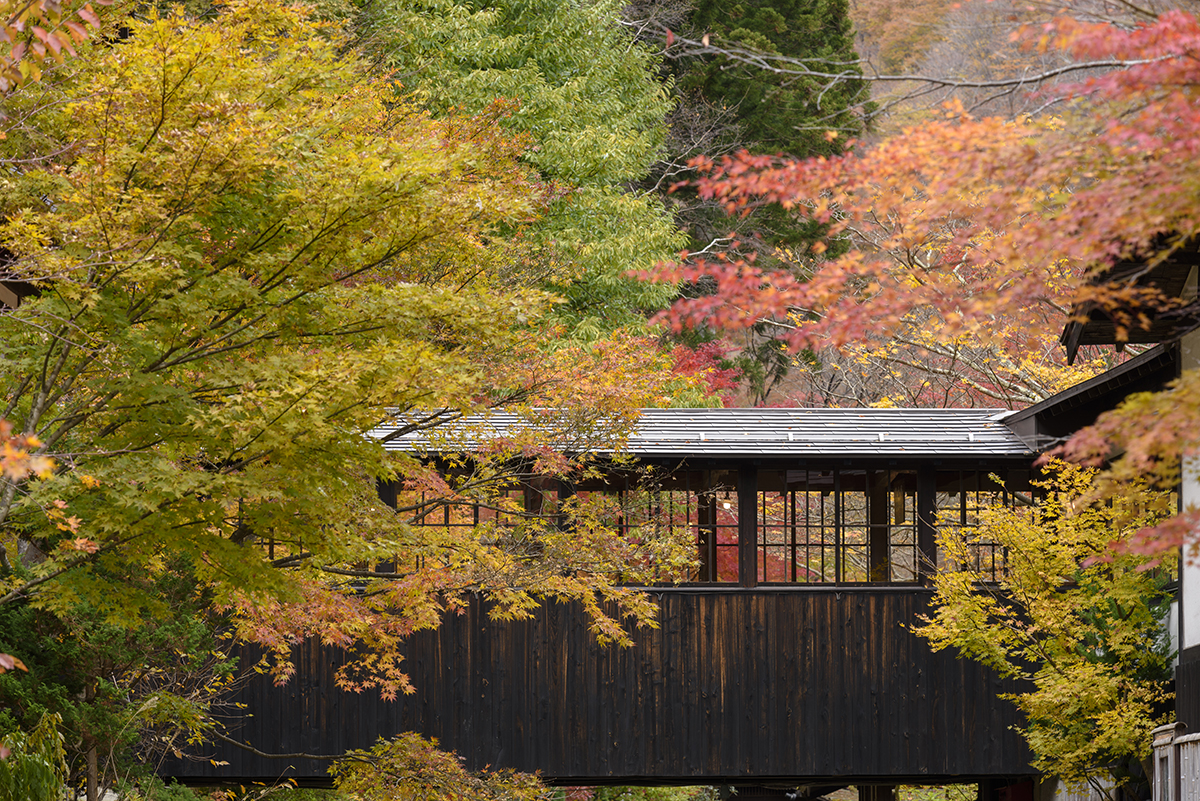
2. Great Smoky Mountains, USA: By North Carolina and Tennessee, the Great Smoky Mountains provide a stunning backdrop for landscape photography with their diverse tree species that display a wide range of fall colors.
3. Canadian Rockies, Canada: Regions like Banff and Jasper National Parks offer majestic landscapes with vibrant fall colors, making them ideal for fall color photography.
Hidden Gems
1. The Ozarks, USA: This region in Missouri and Arkansas offers beautiful, lesser-known spots for capturing fall foliage, with scenic byways and quiet trails.
2. Door County, Wisconsin, USA: Known for its charming small towns and coastal views, Door County becomes a riot of colors in the fall, providing numerous opportunities for stunning photos.
3. Columbia River Gorge, USA: Located between Oregon and Washington, this area features waterfalls, cliffs, and forests.
Camera Settings and Techniques
To capture the vivid colors of fall, utilizing the right camera settings is crucial. Here are some tips:
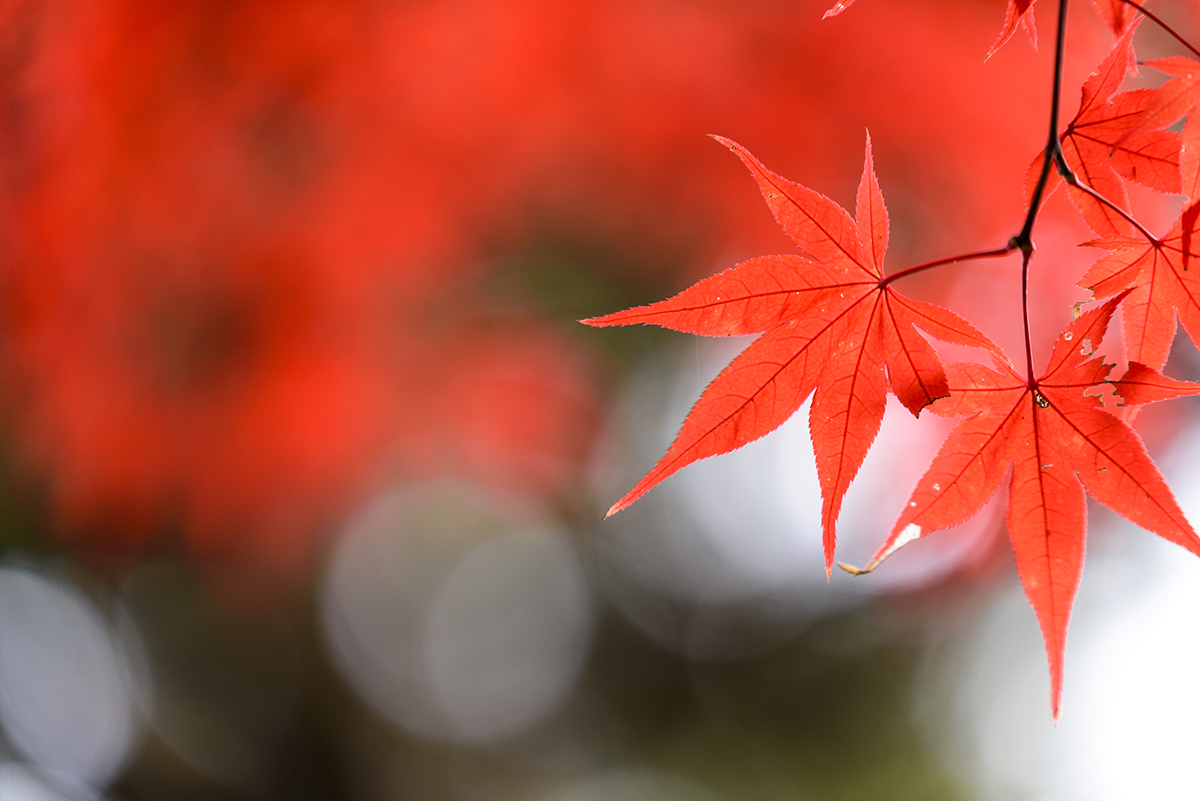
- White Balance: Adjusting the white balance can help enhance the warm tones of fall foliage. Setting your camera’s white balance to “cloudy” or “shade” can amplify the reds and yellows, making the colors pop more vividly.
- Exposure: Proper exposure is essential in landscape photography. Use a low ISO to reduce noise and increase image quality. Depending on the lighting conditions, you may need to bracket your exposures to ensure you capture the full dynamic range of the scene. You can do this by taking multiple shots at different exposures then blending them in post-processing.
- Aperture: For sharp, detailed landscapes, use a narrow aperture (high f-stop number) such as f/8 to f/16. This increases the depth of field, making sure that both the foreground and background are in sharp focus.
Composition Tips
Effective composition techniques can elevate your fall color photography by enhancing the natural beauty of the landscape:
- Rule of Thirds: The rule of thirds is a fundamental principle in photography. Divide your frame into nine equal parts using two horizontal and two vertical lines. Position key elements of your scene along these lines or at their intersections to create a balanced and engaging composition.
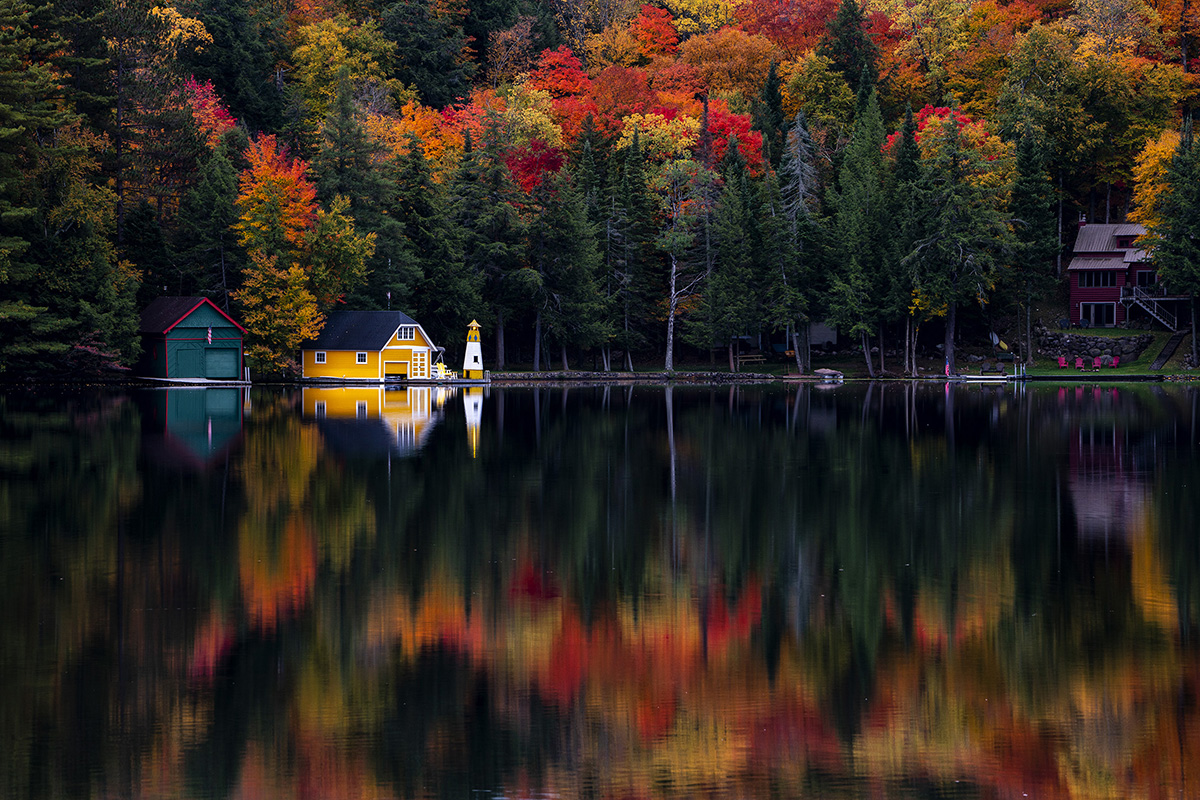
- Leading Lines: Leading lines guide the viewer’s eye through the image and can add depth to your photos. Look for natural lines like rivers, paths, or tree branches that draw the viewer’s attention to the focal point of the scene.
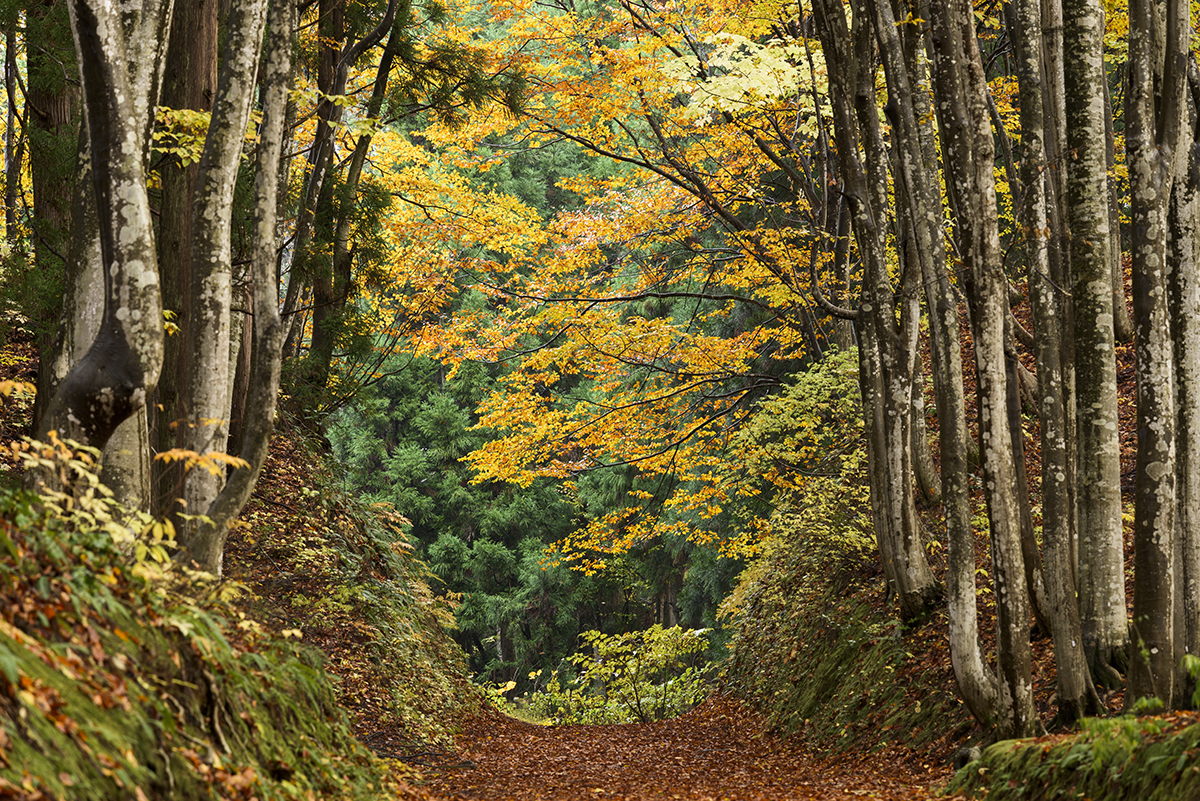
- Foreground Interest: Incorporate interesting elements in the foreground to add depth and context to your landscape photos. Rocks, fallen leaves, or a winding trail can provide a sense of scale and make your images more immersive.
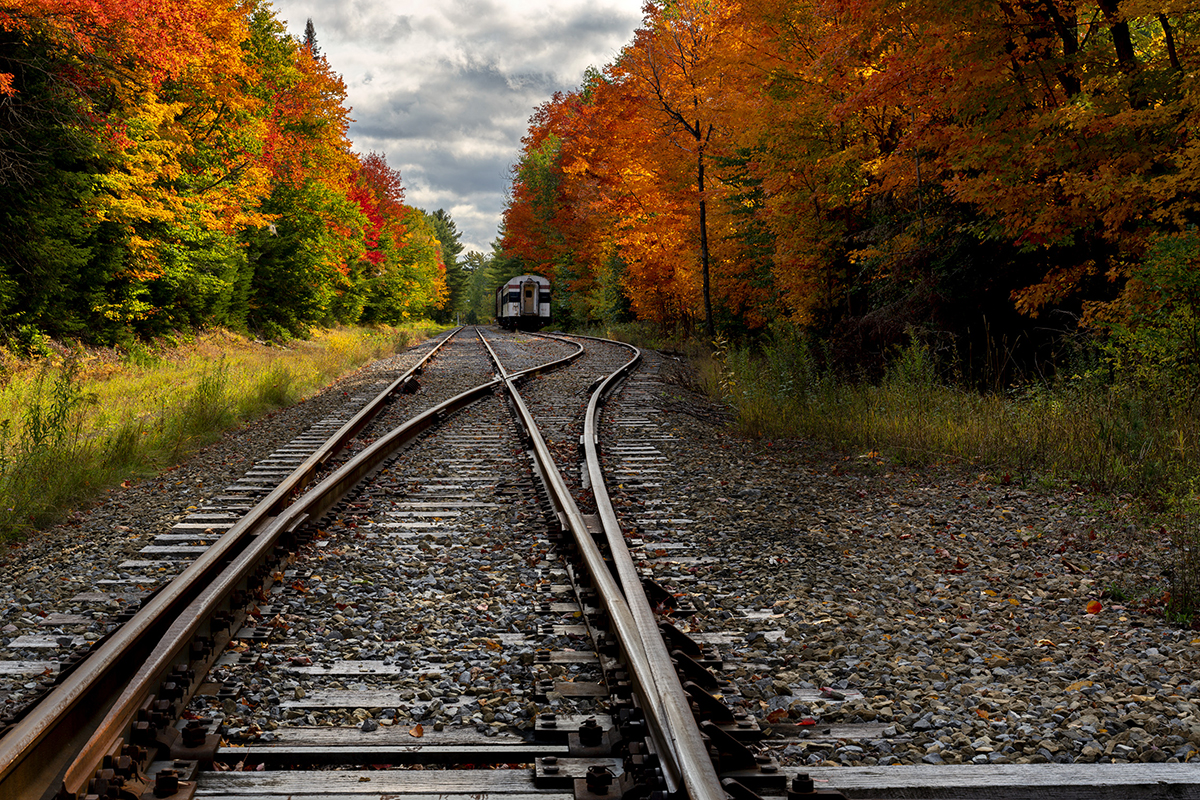
Conclusion
Capturing the essence of fall through landscape photography is a rewarding experience that allows you to document the season’s stunning beauty. By exploring renowned locations and hidden gems, utilizing proper camera settings, and applying effective composition techniques, you can create compelling images that showcase the vibrant colors of autumn. Embrace the joys of fall color photography by venturing out to different locations and experimenting with various techniques to capture the unique charm of this magical season.

Learn about Tamron lenses for Fall Landscape Photography at an authorized Tamron dealer in your area or visit the TAMRON Store today.
More Photo Tips | Watch Videos | Learn More About Tamron Lenses | Photo Gallery
